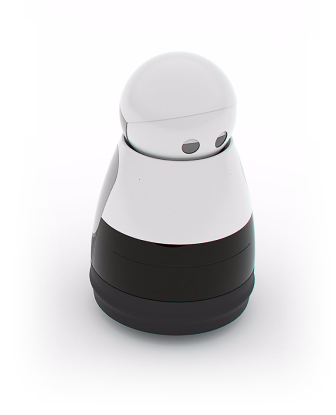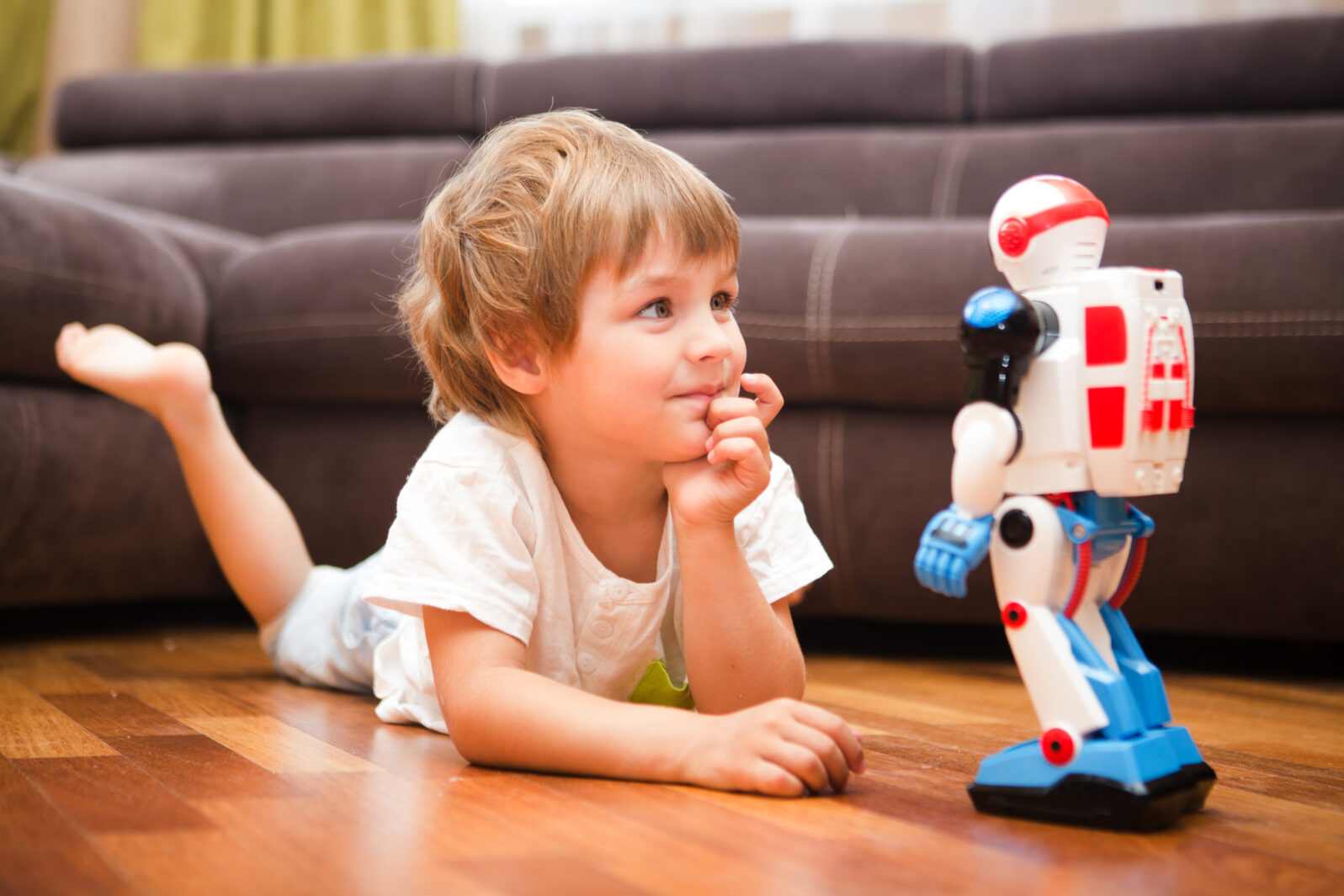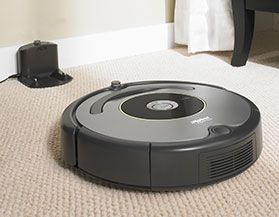Consumers Were Not Buying Robots as Friends This Year
The market for drudgery busters remains strong. For dogs and pals, not so much
Kuri robot To Our Customers: “To all of our Kuri fans, we are crushed to let you know that Mayfield Robotics has ceased manufacturing, and the Kuri robots that have been made will not ship to customers. All pre-order deposits have been refunded to our customers.”
Mayfield Robotics’s Kuri robot was cute as a button. “Lovable, functional, and buzzworthy with its cute mannerisms and deft behavioral touches,” according to science writer and robotics fan Victoria Song. But it’s gone. Jibo (one of Time’s 25 Best Inventions in 2017) is clearly in trouble despite good reviews: “The little dude could answer questions like Alexa, but also could recognize up to 15 people, greet them by name, and oh, was pretty great at tweaking.” (Song)
Rethink Robotics’s industrial “cobots” Baxter and Sawyer are gone too, though it’s a little less clear what happened there.
Aibo, the robot dog from Japan, was revamped from 2006, and came featured a fan cult. After Sony stopped repairing the robots in 2014, many were given traditional Buddhist funerals. The automated canine made a splash in the United States at the big robotics trade fair CES 2018 but the Gizmodo reviewer called it “one dumb dog.”
Surveying the gloom, Song asks: “So is it the tech? The cost? The lack of public interest or utility? Probably all of the above.” When it comes right down to it, Kuri and Jibo don’t do much a user can’t get from Amazon Echo and Google Home. Despite being a robot enthusiast, Song feels the same way about Anki Vector: “Beyond a few days of heartwarming novelty, most consumer bots like the Vector ultimately leave you feeling strangely empty”:
This is the vicious cycle consumer robotics is stuck in. We won’t have satisfying robot companionship without continual investment in nebulous technologies like robotics, AI, computer vision, and machine learning. Most companies won’t invest in these technologies for consumers unless they turn a profit. Consumers won’t buy companion robots unless they feel like a satisfying relationship worth investing in. Repeat ad infinitum. Victoria Song, “Consumer Robots Had a Terrible, Horrible, No Good, Very Bad Year” at GIZMODO
Well, now that she mentions it, why would a relationship with a robotic dog be as satisfying as a relationship with a living dog? Living space is not at nearly as much of a premium in North America as it is in Japan. Keeping a dog is not out of the question for most people and there are plenty of good ones at shelters who need a second chance. At US$2900, is the Aibo’s passing novelty going to seem worthwhile to people who like and care about dogs? After a while, won’t it just be more closet clutter?
There is, of course, a definite value in robotic dogs. They can enhance the lifestyle of persons who struggle with dementia or other situations in which it would be unwise to introduce a living dog:
Biscuit stands around two feet tall and looks something like a labradoodle. He’s equipped with sensors in various places on its body that allow him to react when a human interacts with it.
Simon Bird, the deputy chief executive at Care South, which owns Templeman House and several other care homes in the south of England, said Biscuit was particularly effective at reducing stress and anxiety in residents with dementia.
Matthew Stock, “Robot dog lends a helping paw to dementia sufferers” at Reuters
In the health care environment, the robotic dog’s steep price tag may not even be a huge deterrent. Dementia care is costly anyway and the robotics firm is competing only with other specialty providers, not in a mass market. The need to meet a variety of additional standards is understood to build in costs which must be borne by all competitors.
Once we leave the specialized environment, there is the risk, which Song identifies, of getting lost in the “Uncanny Valley.” Uncanny Valley is where we find robots that are intended to look and act almost like people, like China’s robotic news readers, but succeed mainly in making people uncomfortable.
Some consumer robotics will surely find a place under the Christmas tree. The robotic vacuum cleaner market is healthy and expected to grow, in a world where the demand for vacuum cleaners is growing anyway, doubtless due to more urban lifestyles.
But the robotic vacuum cleaner does not try to be your friend nor does it look like a human being vacuuming. If it did, it would be directly competitive with humans for scarce space in an urban environment where space costs money. It is comparatively inexpensive and it may save time instead of taking up time. If they catch on, nearby repair shops can offer after-sales service. These are key factors in whether any new technology is widely adopted over time.
Other AI failures of 2018 include an Uber self-driving car that killed a pedestrian, IBM’s Watson not really working out in healthcare, and Amazon’s AI recruiting tool that was biased against women. Also,
SoftBank-owned robot-maker Boston Dynamics has wowed the Internet more than once this year: Its robodog SpotMini can deftly open doors with its head-mounted gripper arm; and its humanoid robot Atlas can now do parkour — smoothly jumping over a log and leaping up a series of 40cm steps without breaking pace.
But even Boston Dynamics has its “oops” moments: In its debut at the Congress of Future Scientists and Technologists, Atlas lifted boxes etc. in a flawless demo. But just as Atlas had wrapped its demo and was attempting to leave, the poor robot tripped over a curtain and awkwardly tumbled off the stage. [at 4:12 min] On the bright side, it fell much like a human might.
Tony Peng, “10 AI failures of 2018” at Medium/Synced
As the field matures and becomes conventionally profitable, we can expect to see much more thought go into what robots can do for us that we really want and need to be done. Chances are, we’ll still have to make our friends in our usual social environments.
See also: I, Robot, Am Gathering Dust in the Sales Room … Why do robotics experts think that customers will warm to robots because they look like people?
and
“People-friendly robots” company shuts down The “cobots,” robots that can work with people, got the pink slip—for now

